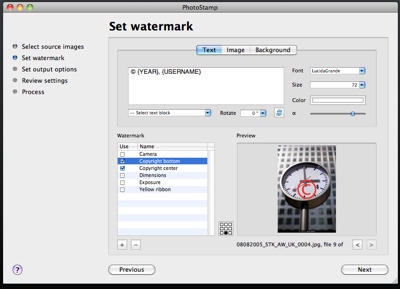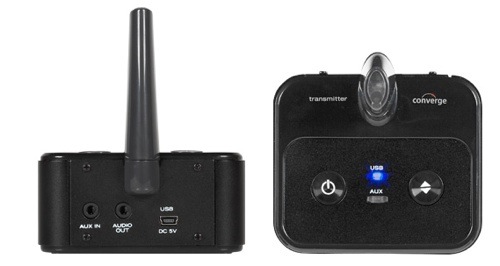The dangers of public Wi-Fi are already well known, but the security issues of in-flight Internet connection are still somewhat obscure. In 2015, there were already 52 airlines worldwide offering in-flight Internet, and the prevalence of U.S. in-flight Wi-Fi alone has grown 1,600-fold since 2013.
Security is an issue with in-flight Internet – dominated by Gogo provider, while its two main competitors, ViaSat and GEE, use satellites exclusively for airlines such as JetBlue and Southwest. First, there’s no password protection on the Wi-Fi connection, so anyone can intercept all data that¹s being transmitted on the wireless network.
Thus, while it¹s great to go online while you are in the sky, connecting to Gogo or other provider might mean you are giving your private data away to cybercriminals. Airplanes are unique hacking grounds more dangerous than airports or coffee shops, as they cram passengers in one small space for hours. This gives plenty of time and opportunity for hackers to access all data that¹s being transmitted over open networks. Passengers who do online banking, shopping or business emailing are especially vulnerable to identity and data theft.
Hacking devices, such as WiFi Pineapple, are accessible to anyone and are particularly dangerous on flights. The Pineapple, which is small enough to be stored in someone¹s carry on, pretends to be a Wi-Fi connection so when a user connects to Wi-Fi, they are actually connecting to a hacking device.
How can airplane passengers protect their data and securely connect to the Internet?
First, a traveler gets to designate the Wi-Fi network as Home, Work or Public. Those who choose Home network show that they trust all the people connected to the same network – which should not be the case on an airplane full of strangers. Work network should be used for a private group at work. So the safest option for airplane passengers is Public network setting – as this option is created to make sure it¹s not visible by other computers.
Secondly, travelers have to make sure they are connecting to the Wi-Fi network offered on the flight, and not a look-a-like network with a similar-sounding name that might be spoofed.
Besides these local precautions, the best and most effective way for any traveler to protect their data is to use a VPN.
A professional VPN service encrypts all the traffic flow between the Internet and a device and helps hide an IP address. If you are a beginner, it¹s best to choose a VPN that¹s user-friendly.
For example, NordVPN has recently launched new Mac, Android and iOS apps (with a redesigned Windows app on the way) geared towards everyday Internet user. How does it work? Log in (the first time only) and press the ON button. The app will then choose the fastest server to connect to, in a country of your choice. That¹s all it takes to hide your IP address and to start safe browsing. Beware of free VPN service providers that typically rely on third party advertisers to cover the costs. Often, they are free proxy services, marketed as VPNs, when in fact proxies are not encrypted (they just change your IP address, but do not hide/encrypt it).
VPNs are becoming essential in the world of tightening online security, and soon using a VPN will be as common as going online. Unfortunately, some in-flight networks cut back on security and block VPNs, but in most cases users have no obstacles for using Virtual Private Networks.
Besides using a VPN, travelers should use antivirus, firewall and anti-spyware and automatically update their software.
October is Cyber Security Awareness month, and NordVPN is offering 70% off its yearly fee during the month of October. Go to www.nordvpan.com, choose the yearly plan, and enter CyberAware coupon code at the checkout.


![[NPL] PowerMail 2.0.3](https://www.mactech.com/wp-content/themes/Extra/images/post-format-thumb-text.svg)
